-
DEVOLUTION IMAGES CORPORATION
退化图像公司
-
Let us ignore the inside language of photography, and imagine today's daily life -- you take the elevator come out from your apartment and slide the daily news in your smartphone; when you come into the subway, switch your view from the deadpan people to colorful advertisements; the work in the office building is carried out around the internet, and the social life in the phone has filled up the leisure time; when you pass by the mall, the fashion image in the large window reminds you that summer is coming. But how does photography exist? 让我们先抛开摄影内部的语言,想象一下今天的日常生活——你乘坐电梯从公寓大楼出来,划过智能手机上的当日新闻;进入地铁后,目光在面无表情的人和五颜六色的广告上切换;写字楼里的工作继续围绕互联网展开,手机上的社交生活则填充了休闲时间;下班后若路过商场,大面积橱窗里的时装图像在提醒你新的夏天快来了。而摄影,在当中如何存在? -

The front desk of DEVOLUTION IMAGES CORPORATION
退化图像公司前台
-
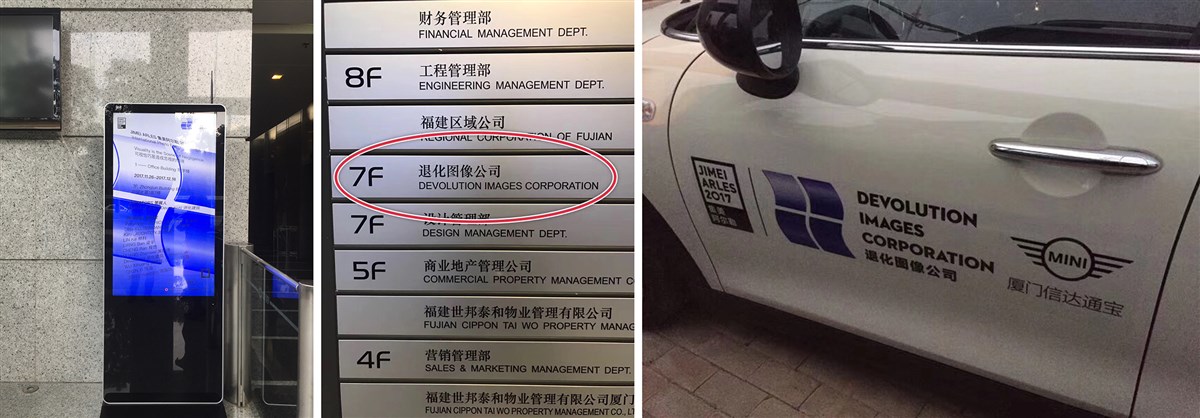
-
Is it the decorative picture that you glance at when you setting on the couch? or an exhibition at an art gallery in some weekend? In the alternation of these contemporary scenes, we are placed in the work, entertainment and consumption network covered by a large number of image information. These images come from your phone's 1500-pixel camera, social software, or ubiquitous product ads, and you may read, search, use, make, tamper, comment, or ignore them.Whether admit it or not, our relationship with photography has changed a bit today. Modern business has built another image production mechanism in this era that we live, and it pushed us wave of image. The continuous development of Internet technology makes the connection between individual, society and image become strong and diversified. On the one hand, we are the producers, consumers and communicators of the image, and on the other hand, we are not aware of that we have been exposed to the visible landscape made of the image production, consumption and spread. 仍然仅仅是回家后坐在沙发瞄上一眼的那幅装饰照片吗?还是某个周末在美术馆里看的一次展览?在这些当代生活的场景交替中,我们被置入大量图像信息所覆盖的工作、娱乐、消费网络。这些图像来自你手机1500像素的摄像头、社交软件,或随处可见的各种产品广告,你阅读、搜索、使用、制造、篡改、评论或忽视它们。无论愿不愿意承认,我们跟摄影的关系在今天已经发生了一些变化。现代商业在我们所处的这个时代建立了另一套图像生产机制,将我们推向一个图像的浪潮。互联网科技的持续发展,则让个人、社会与图像的连接变得强烈和多元。我们一方面作为图像的生产者、消费者和传播者,另一方面则不自知地将自身暴露在这种图像生产、消费与传播所形成的可视景观中。 -
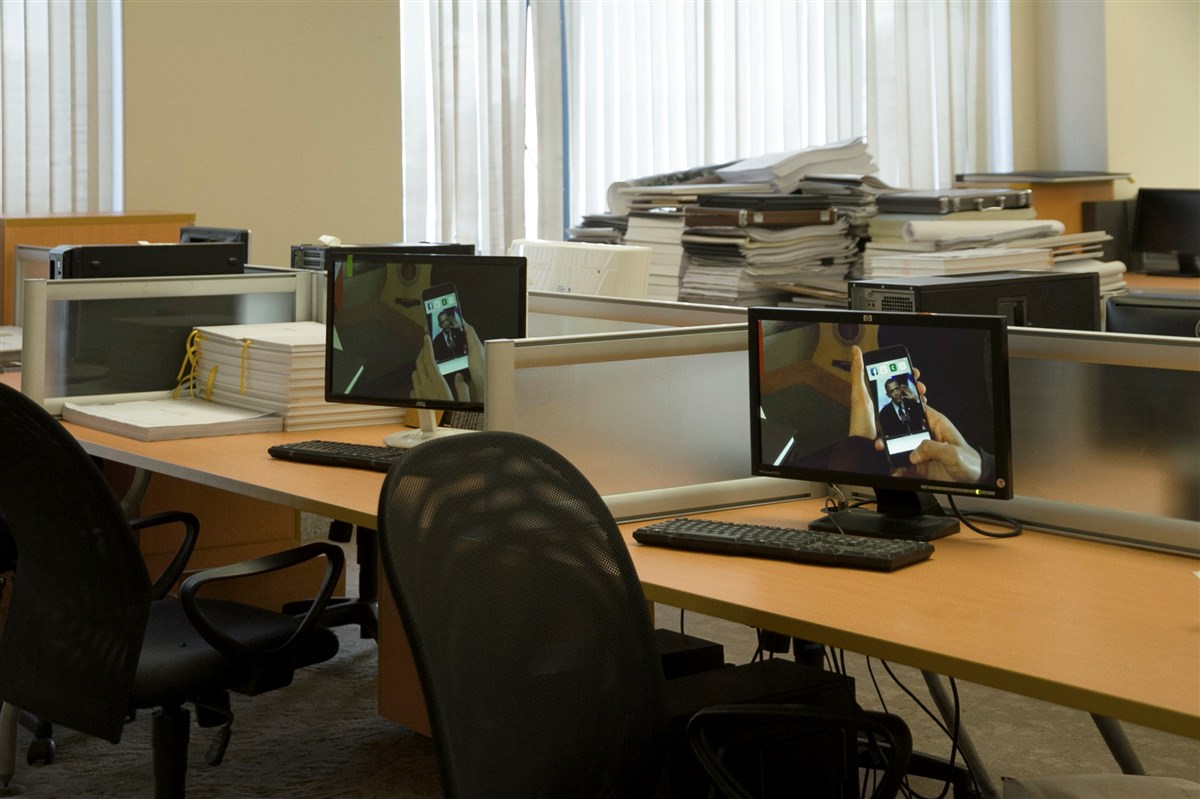
Liang Ban - Hand of God
梁半 《上帝之手》
-
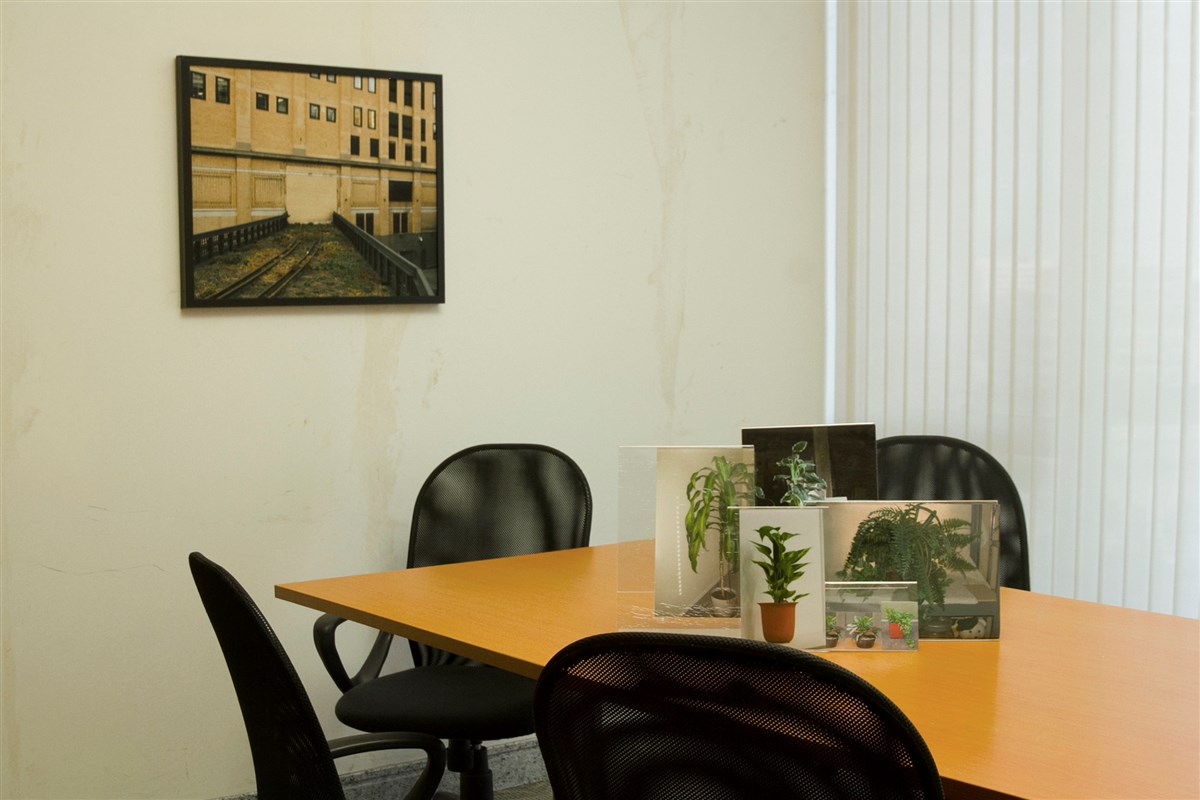
Chen Yi - ICARUS
陈溢 《伊卡鲁斯》
-
In this kind of contemporary life, the epitaxial of photography is expanded by the image, which has provided an unprecedented viewing situation. When the relationship between contemporary art and white box is still ambiguous, photography looks like the first step. The "everyone is a photographer" promoted by the mass media seems more credible than Beuys’s "everyone is an artist”. Under this argument, when you turn on your camera of the cell phone, align the frame of your work with the camera aperture according to the parallel principle, and shoot a photography work in the exhibition, and then put them into nine block box location with your understanding in your Moment, the series of activates seems have no difference with the work in the exhibition. But there is no doubt the mass=produced image, which is based on fast, consumption and the essence of making people joyful are still vastly different from those photography art that contains individual expression or social viewing. Today, however, it is both symptomatic and separate if isolate or confuse these two kinds of images. In fact, some art photographer have begun using the public image means to expand their creation, and the public image that consumes the world’s consumption has been absorbing the form of photography art. 在这种当代生活样态下,摄影的外延被图像扩张了,它提供了一种前所未有的观看情境。在当代艺术和白盒子之间关系仍旧暧昧的时候,摄影看起来像率先一步?大众媒体宣扬的“人人都是摄影师”似乎比博伊斯的“人人都是艺术家”更可信。在这种论调下,当你打开手机摄像头,以平行线原则将作品边框与取景框对齐,将展览中的一幅摄影作品拍摄下来,并在朋友圈中以你所理解的图片关系布列了九宫格的这一系列行为,好像与面前这幅展示中的摄影作品并无太大不同。但毫无疑问,基于快速、消费化、令人愉悦的本质生产出来的大众图像,与包含了个体表达或社会观看的摄影艺术依然存在巨大差异。可是在今天将这两者完全隔绝和把它们混淆一样,都是表征的、脱离各自语境的。事实上,一部分摄影艺术创作者已经开始借用大众图像手段展开他们的创作,而消费世界生产的大众图像也在不断吸纳着摄影艺术的形式。 -
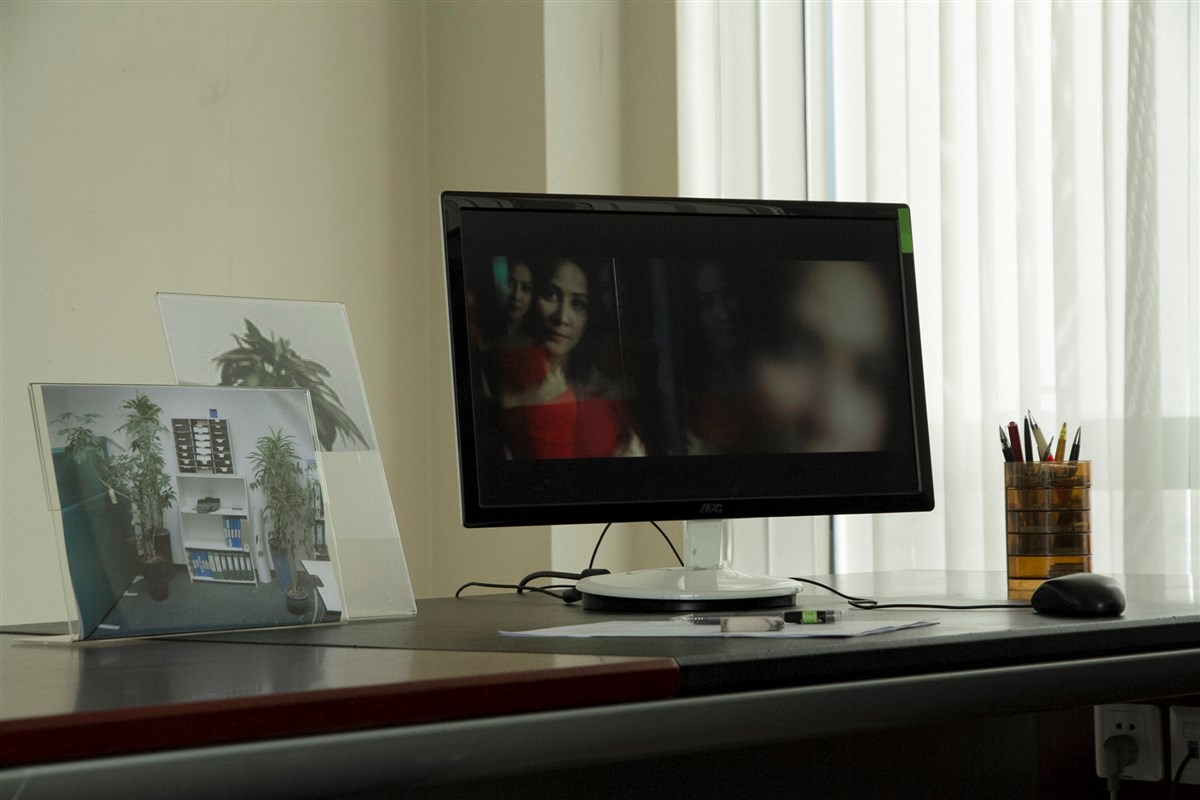
Cheng Ran - Always I Trust
程然 《信》
-
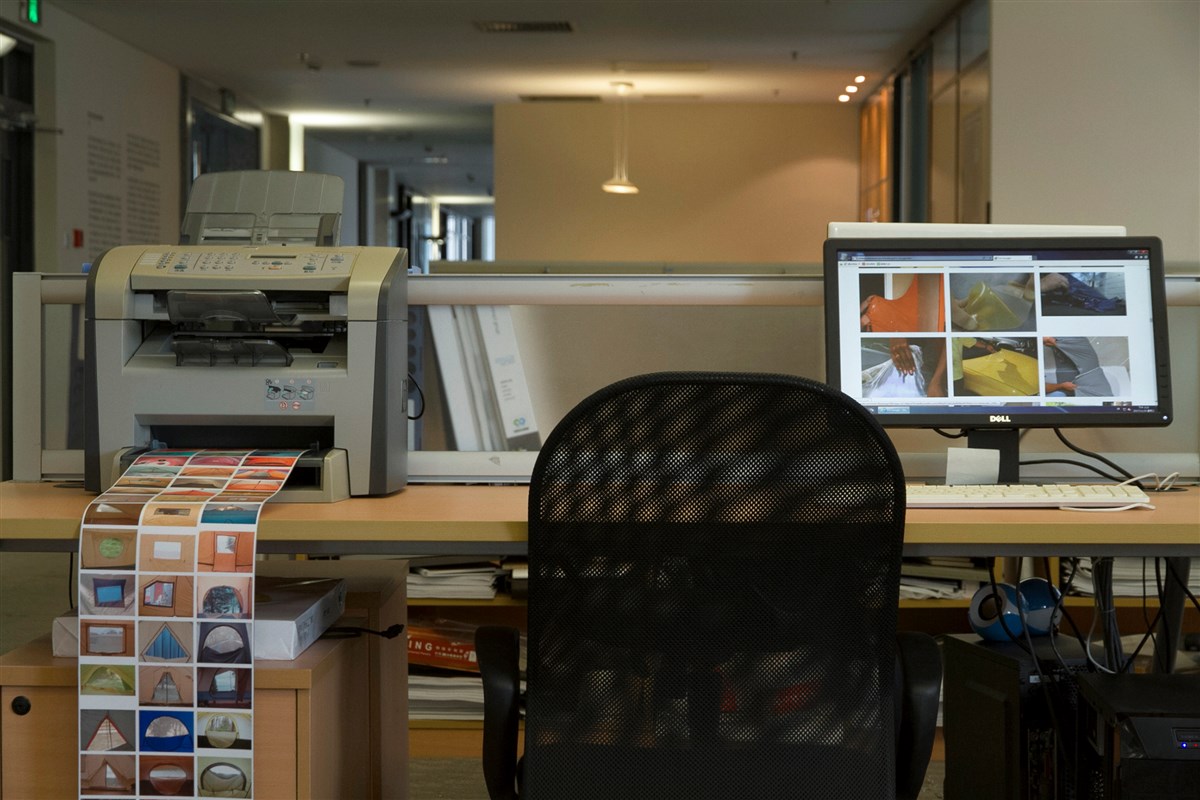
Dina Kelberman - I’m Google
迪娜·可尔伯曼 《我在谷歌》
-
In the Jimei-Arles photo festival, and the topic is “visibility is the scene of negligence”. The goal is to enter a wider range of social situation, to test and discuss the photography art and image creation, the border of art creation and business mechanism. One of our works is to use indiscriminately the reading of business image, and put these photographers’ work into a completely different situation---in your daily life, and they may replace the real estate advertising in elevators or your computer desktop. This kind of situational adaptation attaches the change of viewing condition. Except to the mounting method, they will be exposed in the rough light of the post-industrial age---the light in office buildings, shopping malls, street, or a short beam of light from a car. Different with the fine light in the art gallery that shoots in a piece of work and attract you to get close, these lights are temporary and inorganic. Of course, you are no longer a audience that ready to get close to art, and you go back you daily identity---a people can switch scene quickly in the business mechanism. What you can do is to carefully distinguish these photography art, or to ignore them. 在这次集美阿尔勒摄影节中,这场名为“可视恰巧是造成忽视的情境” 的在地行动,目标是进入更广泛的社会情境,试探和讨论摄影艺术与图像生产、艺术创作与商业机制的边界。我们其中的一项工作就是套用商业图像的阅读,将这些摄影艺术家的作品置于一个完全不同的情境中——置入你的日常生活,它们或许将取代电梯里的房地产广告或你的电脑桌面。这种情境套用附带着观看条件的改变,除了装裱方式,它们还将暴露在后工业时代粗糙的照明中——办公大楼、商场、马路上的光,或一辆车驶过投射出的一束短暂的光。和美术馆里那种精细地投射在一幅作品上引诱着你凑近的光可完全不同,它们是临时且无机的。当然你也不再是一个做好了亲近艺术准备的观众,你回到那个日常的你的身份,一个商业机制中快速切换场景的人,你能做的是,在这些场景中更谨慎地甄别这些摄影艺术,或者无视它们。 -
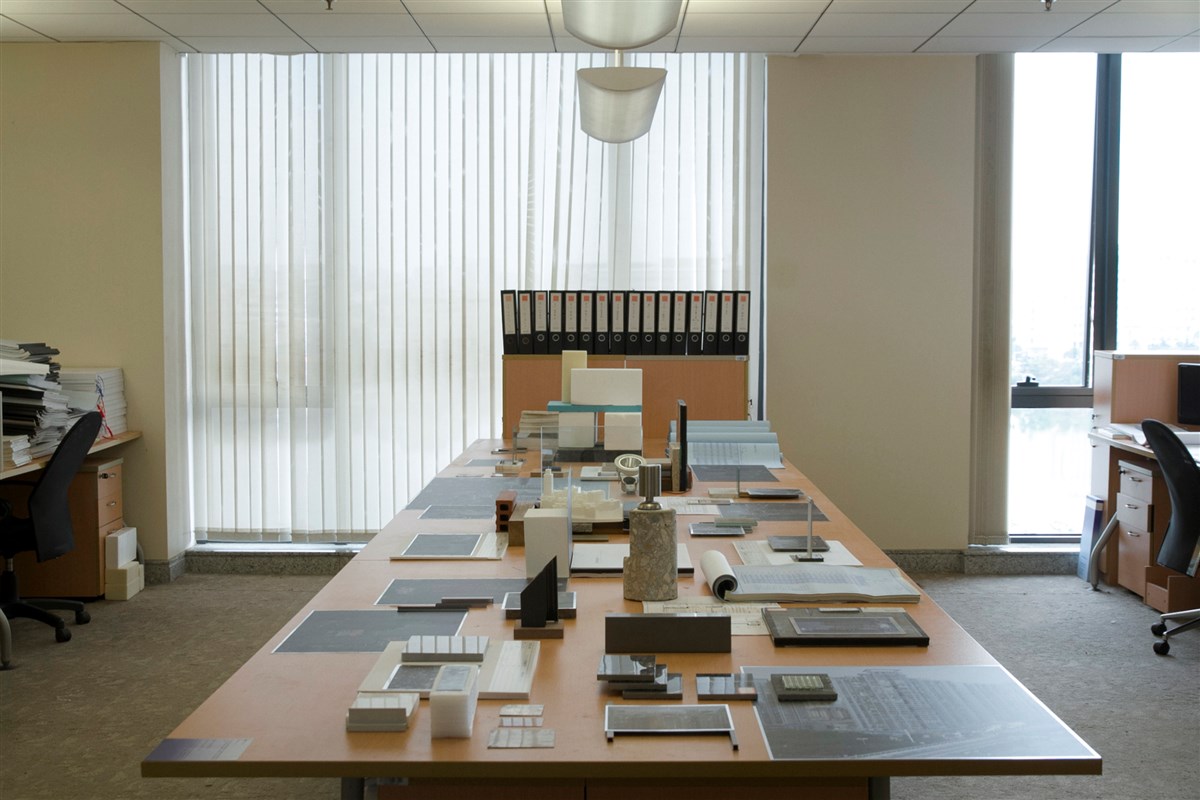
Huang Zhenwei - Timeless Boundary
黄臻伟 《无时境》
-
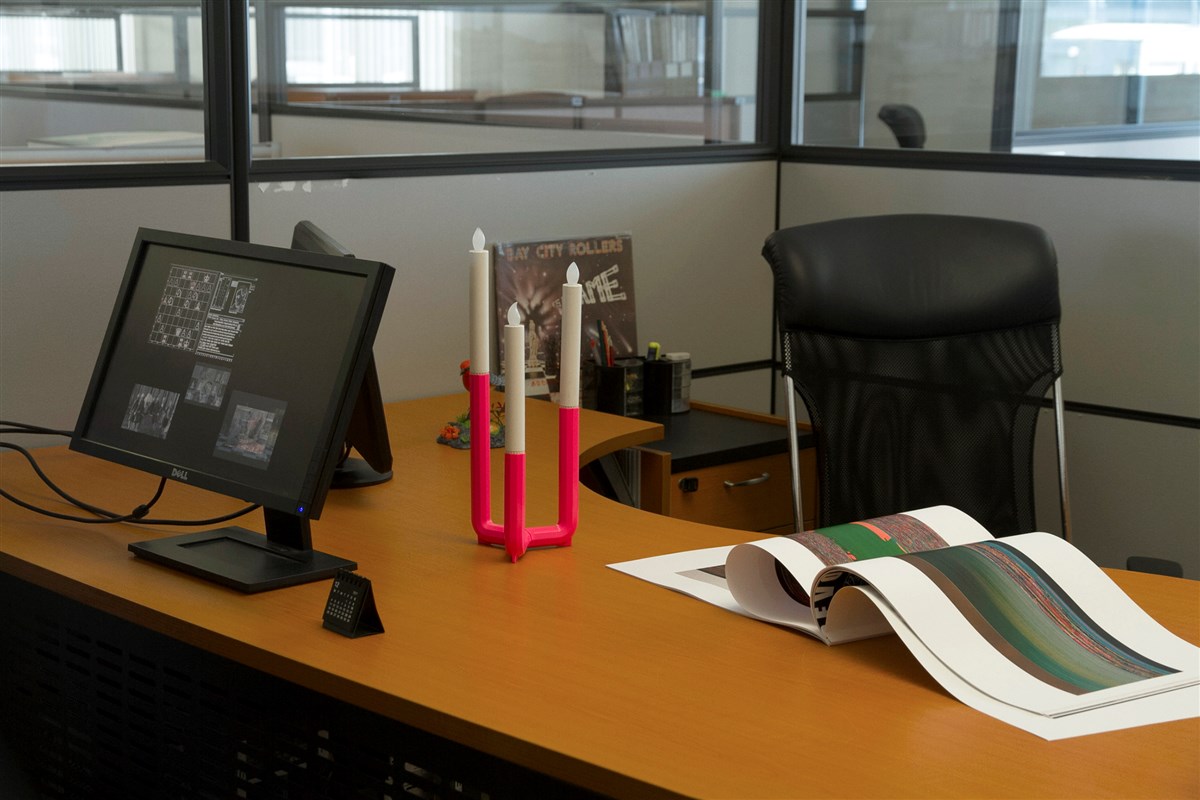
Jiang Hanming - The Game We Play
蒋瀚鸣 《我们所处的游戏! 》
-
In this seemingly simple and crude situational adaptation, it includes the exploration of the image mechanism (image reproduction, copyright, etc.,), and the artistic works also a test of the patience of the consuming age. People are watching a theatre photos of Candida Hofer, and in the long process of freezing on the huge screen, the audience and the work look at each other, and you can read the rich information inside of it, also can leave there holding your popcorn. This kind of mutual visuality also occurs in other artists. They regard the image information in the social network as the clue and entry of personal life, to track another specific identity. As a participant of image era, they have ignored their feedback as the role of producer. 在这种看似简单粗暴的情境套用中,包含着着对图像机制(包括图像繁殖、版权等等)的探索,艺术作品也在考验着消费时代的耐心。人们在电影院里观看一幅Candida Hofer的古典剧场照片,它在巨大屏幕中长久定格的过程里,观众与作品相互观看着,你可以充分阅读其中的丰富信息,也可能随时捧着爆米花起身离开。这种互相的可视还发生在另一些艺术家那里,他们将社交网络中的图像信息作为个人生活的线索和入口,追踪出一个具体的身份,作为其参与图像时代却忽视自己生产者角色的回馈。 -
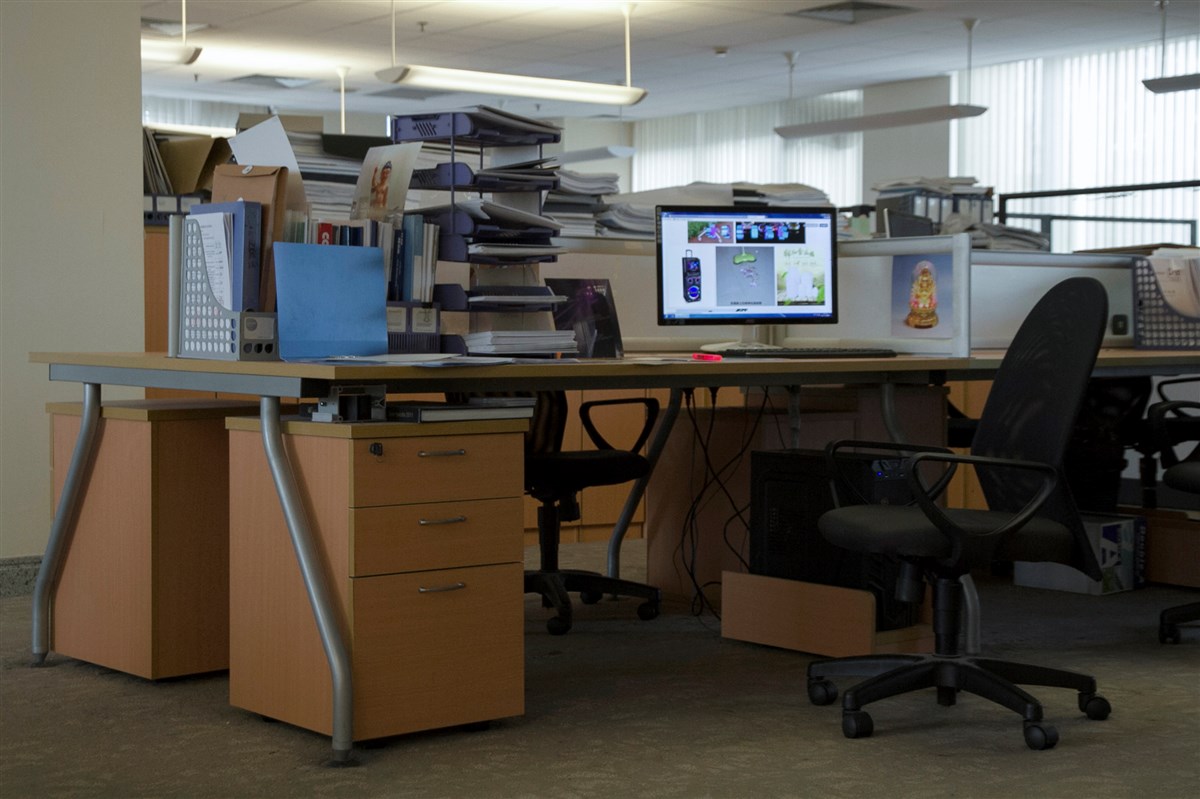
Kim Laughton - TAOBAO
金·劳顿 《淘宝》
-
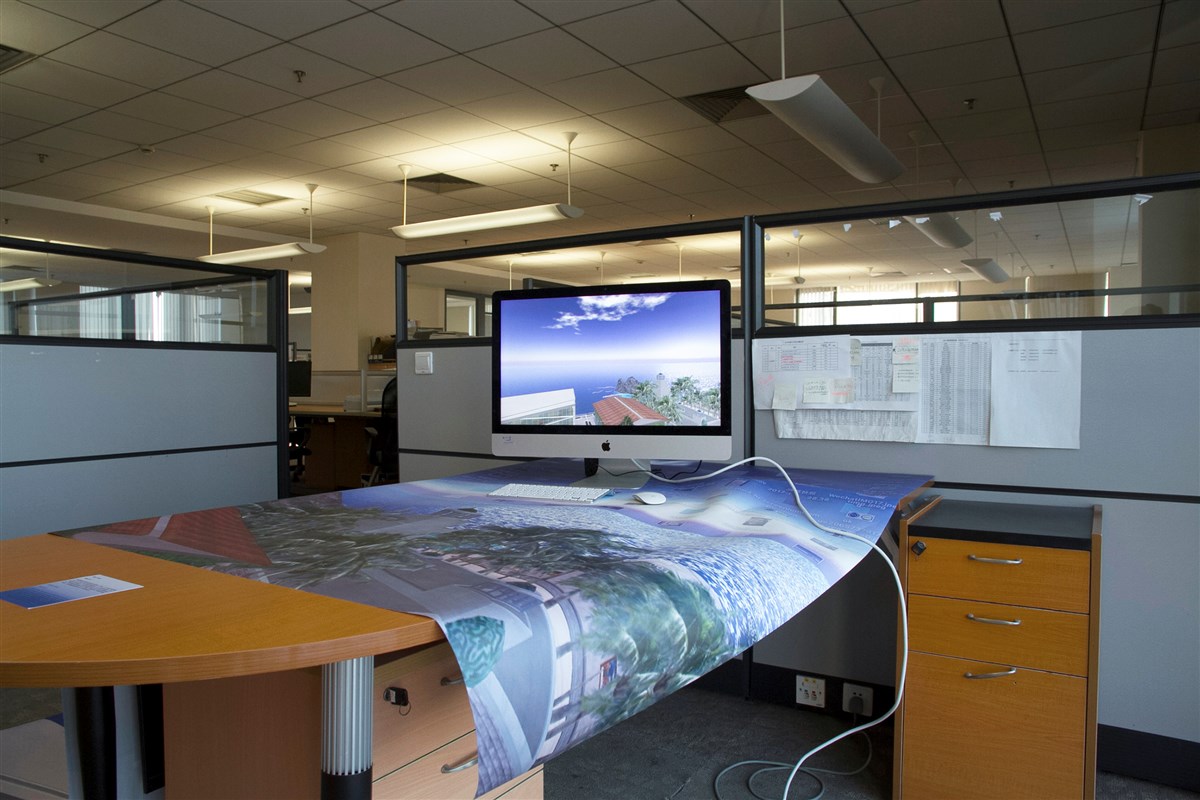
Lin Ke - Kaca
林科 《咔嚓》
-
Comparing to regard this activity as a view, I would rather describe it as : allow the photography and its audience to revisualize each other in a ignored scene. 比起将这个在地行动看作另一次观看,我们更愿意将它描述为,让摄影艺术和它的观众们在一个彼此忽视的情境中重新相互可视起来。 -
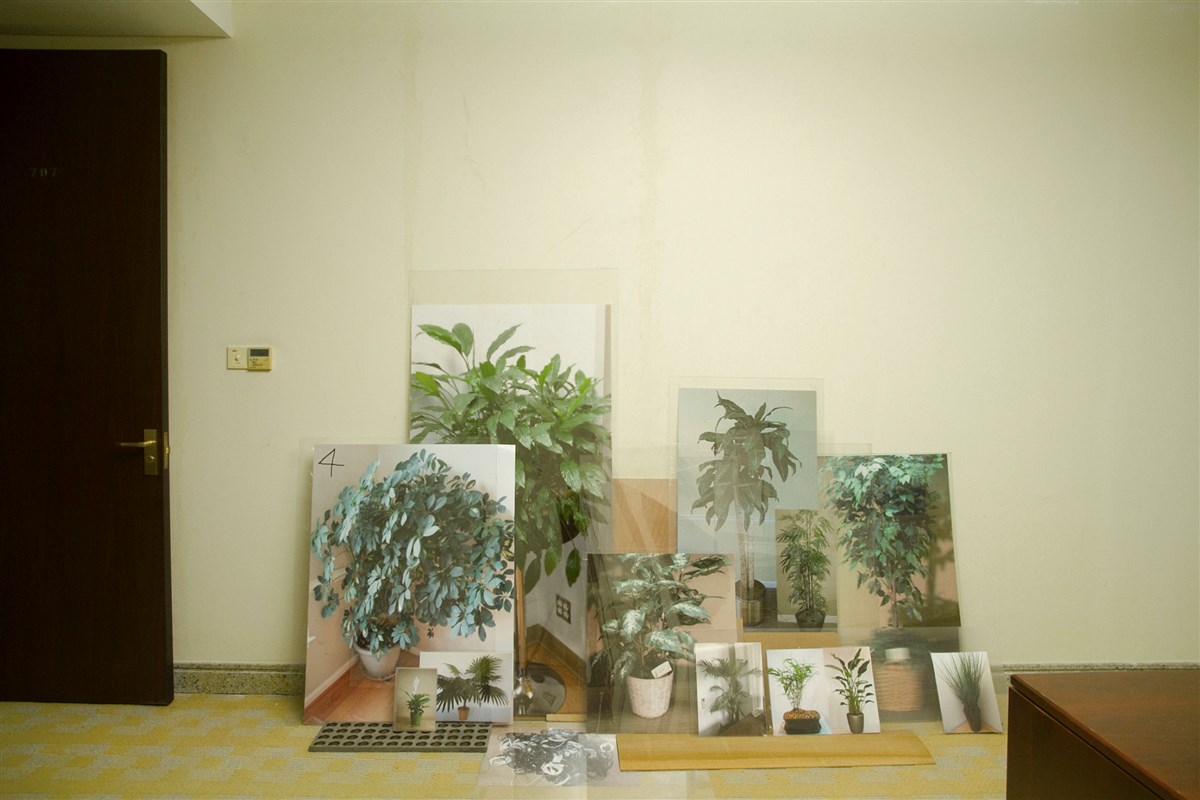
Penelope Umbrico - Out of Order
佩内洛普 布里科 《无序》
-
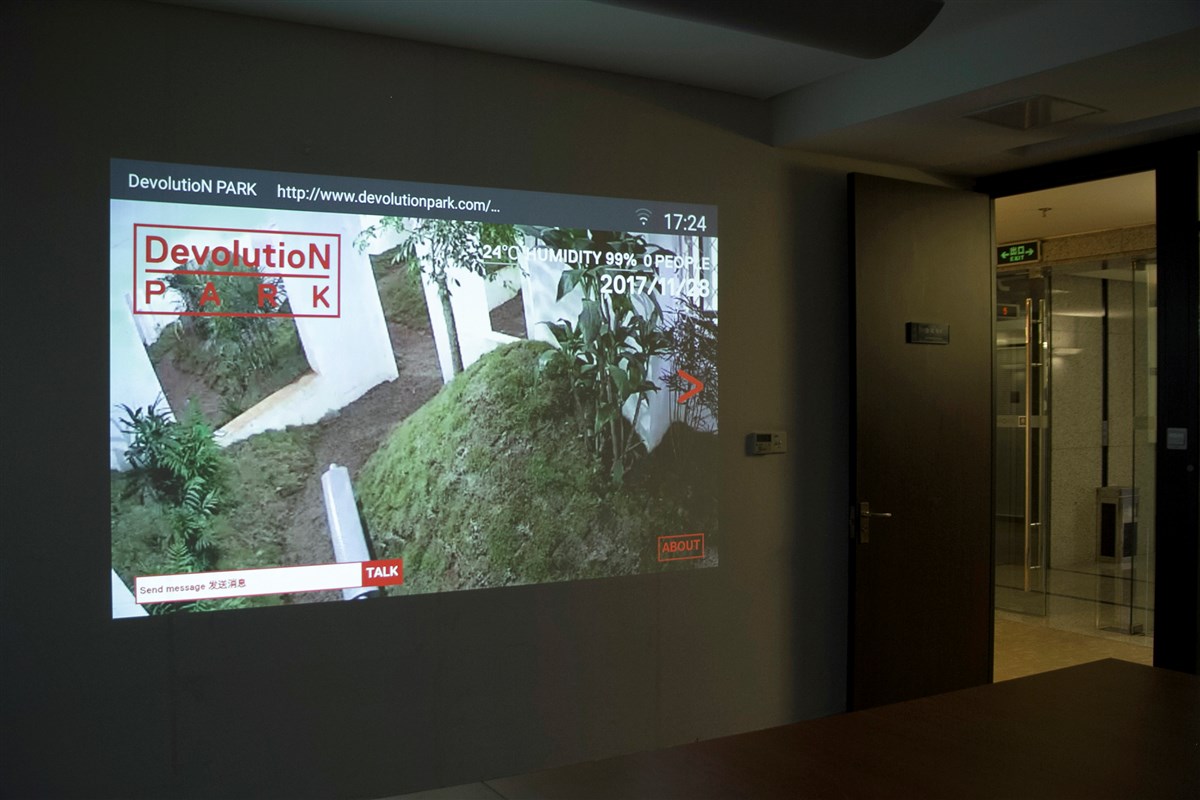
DevolutioN x SeeekLab - DevolutioN Park
退化建筑研究室 x SeeekLab 《退化公园》
-
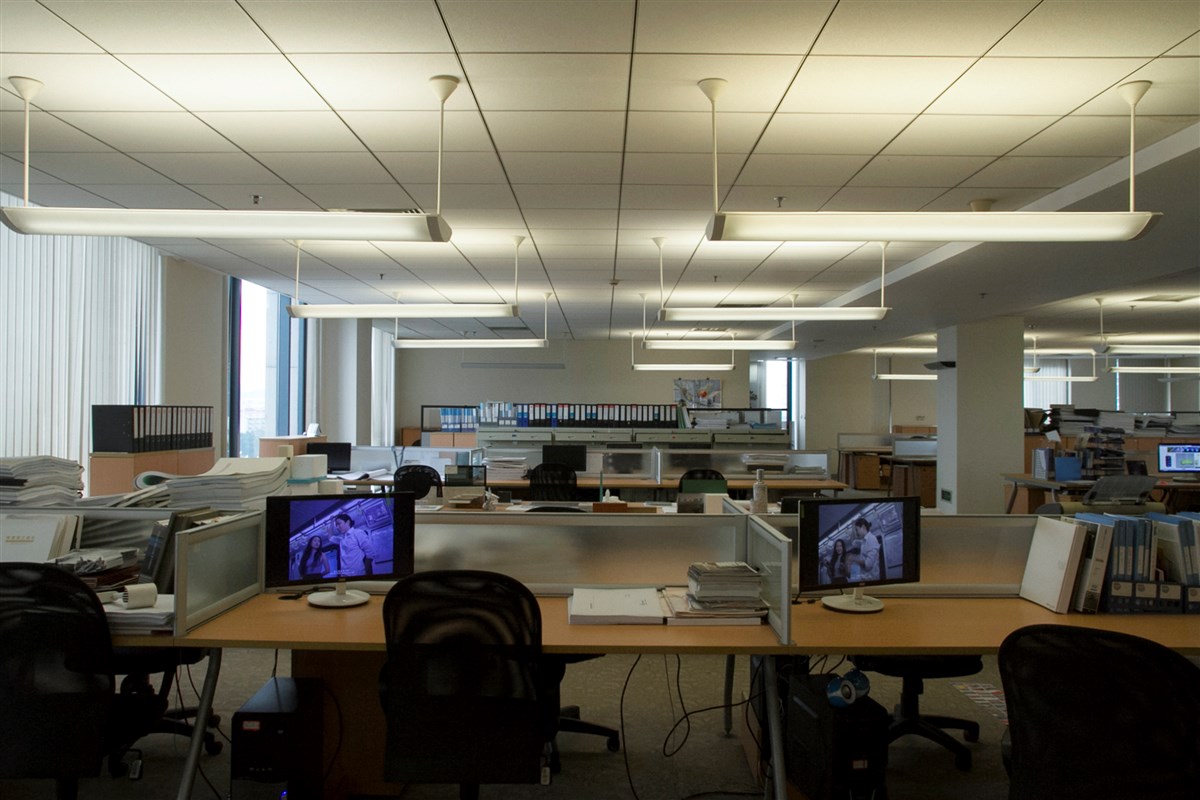
Tao Hui - Joint Images
陶辉 《我们共同的形象》
-
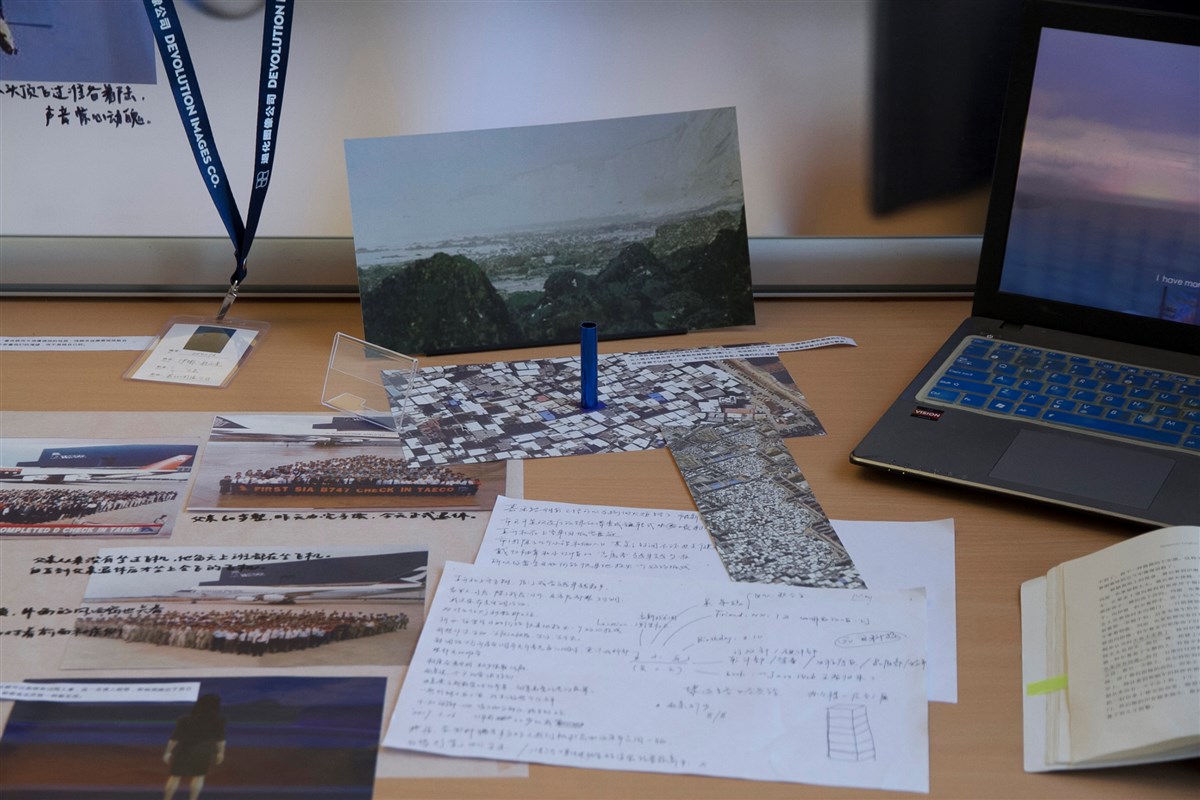
Wang Haiqing - Disappearance of Elaine Coleman
王海清 《伊琳科尔曼的消失》
-

Wu Xihuang x Dai Lei - Nobody's boy: Remi
吴曦煌 x 代磊 《咪咪流浪记》
-
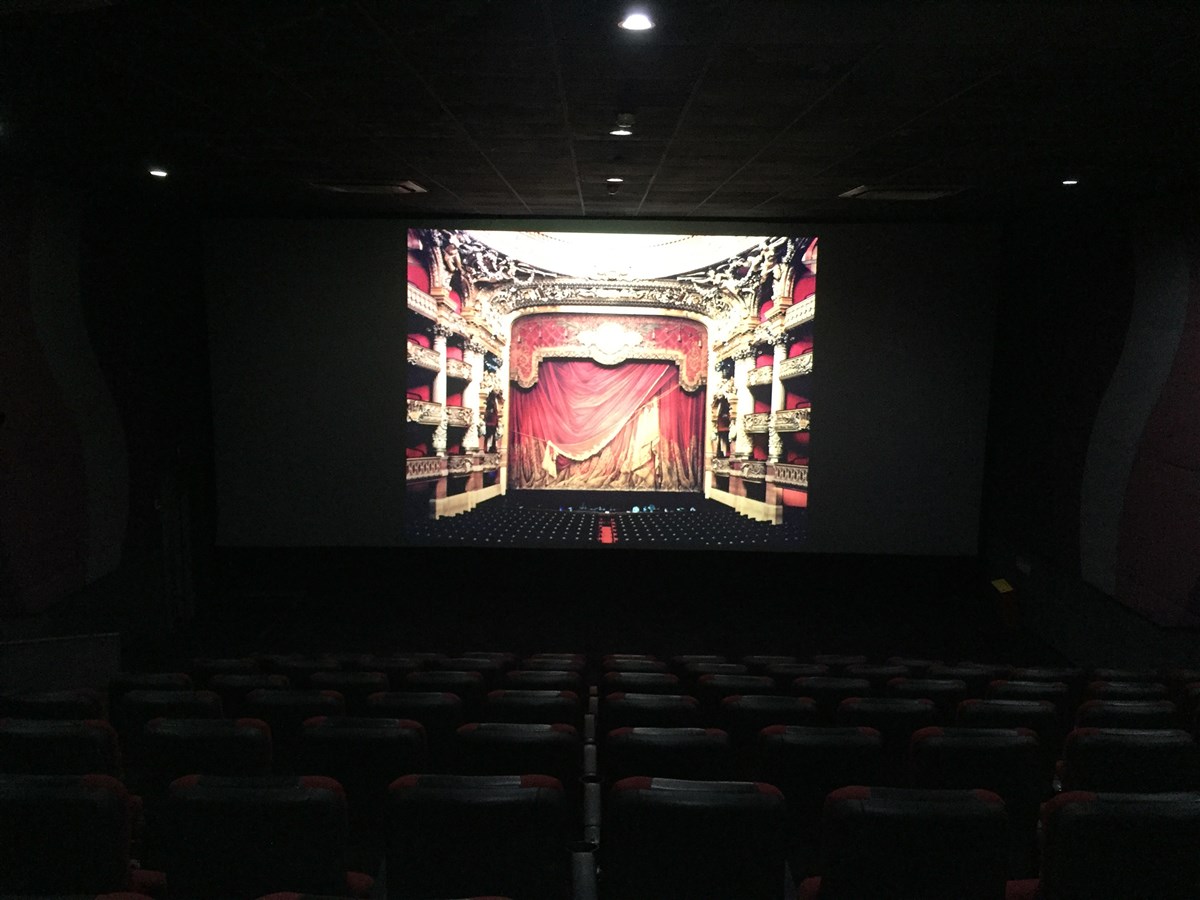
Candida Höfer - Theaters and Opera House
康迪达·赫弗 《剧院和歌剧院》
-
(Author) Wang Qi
(Photographer) Zhang Chao
(Translator) Anya
(Volunteers) Kaki Cai,He Lilin, Hu Huilan,Zhou Yuhong
(Site support) Zhongjun Building / Siming Cinema(撰文) 王琦
(摄影) 张超
(翻译) 蔡恬岚
(志愿者) 蔡佳琦,何丽琳,胡慧兰,周宇虹
(场地支持) 中骏大厦 / 思明电影院